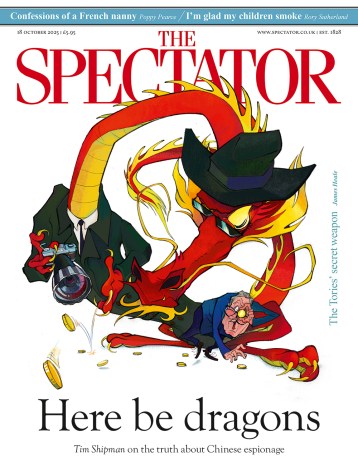In its latest triple bill, the Royal Ballet pays tribute to three dance-makers who have marked distinctive epochs in its performance history. Its centrepiece is Frederick Ashton’s 1963 Marguerite and Armand. Created as a showcase for the now legendary partnership of Fonteyn/Nureyev, this one-acter highlights his unique talent for succinct storytelling, as Alexandre Dumas’ Lady of the Camellias is narrated through a rapid series of salient episodes. Ashton’s dance drama has none of the grandeur traditionally associated with either Verdi’s La traviata, or the cinematic works based on by the same text, such as Garbo’s memorable Camille. Here the story is treated as an intimate drama relived in the memory of dying Marguerite.
Given its historical significance, the ballet is not an easy one to tackle, and not just because of memories of Nureyev and Fonteyn. The choreography has aged here and there, and makes it difficult for contemporary artists to engage effectively with the demands of some of its slightly passé ideas. Yet, on the opening night, Tamara Rojo and Sergei Polunin demonstrated that the work can be disentangled from the web of the past. Rojo, a powerful artist and a splendid dancer, exorcises the spectre of Fonteyn with a reading of the doomed heroine that brings a much needed whiff of fresh air into the work.
From her first appearance it is clear that Marguerite is Rojo’s ideal role. So is Armand for Polunin, a character he portrays as a whimsical, hotblooded though inexperienced lover, instead of as the languorously wimpish hero traditionally seen in movies, drama stagings and opera productions. It is true that, while Rojo’s unique approach to the character cleverly prevents any comparison with Fonteyn, Polunin, with his dashing handsomeness and splendid technical prowess, is the one who remains more linked to the memory of Nureyev.
The ballet, which makes a welcome comeback, is squeezed in between Wayne McGregor’s 2009 Limen and Kenneth MacMillan’s 1976 Requiem. The former encapsulates ballet’s current choreographic trends. The interaction between the carefully devised visual installations and the jagged lyricism of the choreography appeals to many. Personally, I find it repetitive at times, and would like to see McGregor move away from what have become fairly predictable dance-making formulae. McMillan’s Requiem to Fauré’s haunting score has dated, too. It has some splendid moments, such as a flight of angels, and some slightly less splendid ones. Still, it marks a significant moment in the history of British ballet and needs to be appreciated for that.
Meanwhile, Dance Umbrella proceeds at full steam. At Sadler’s Wells, Emanuel Gat Dance presented Brilliant Corners. The choral work is dotted with Gat’s signature traits, such as physically demanding but perfectly orchestrated choreographic vocabulary. But his intentionally experimental exploration of ‘the ways structures emerge’ detracts from the beauty of some images and moments, and frequently turns the whole process into long stretches of arid physicality that fail to raise the ‘most intriguing questions out there’, which is what, according to his programme note, Gat hopes to elicit from the audience.
A few evenings later, in the delectably confined space of the Gate Theatre in Notting Hill, Ben Duke, Will Duke, Dario Palermo and Zoë Svendsen premièred The Difference Engine, a work that combines choreography, singing and music with some utterly intriguing videographed materials. It looked great, and intrigued me with its Frankenstein/Mad Genius/Twilight Zone narrative, even though the choreography, and indeed the dancing, could have done with more fine-tuning.





Comments